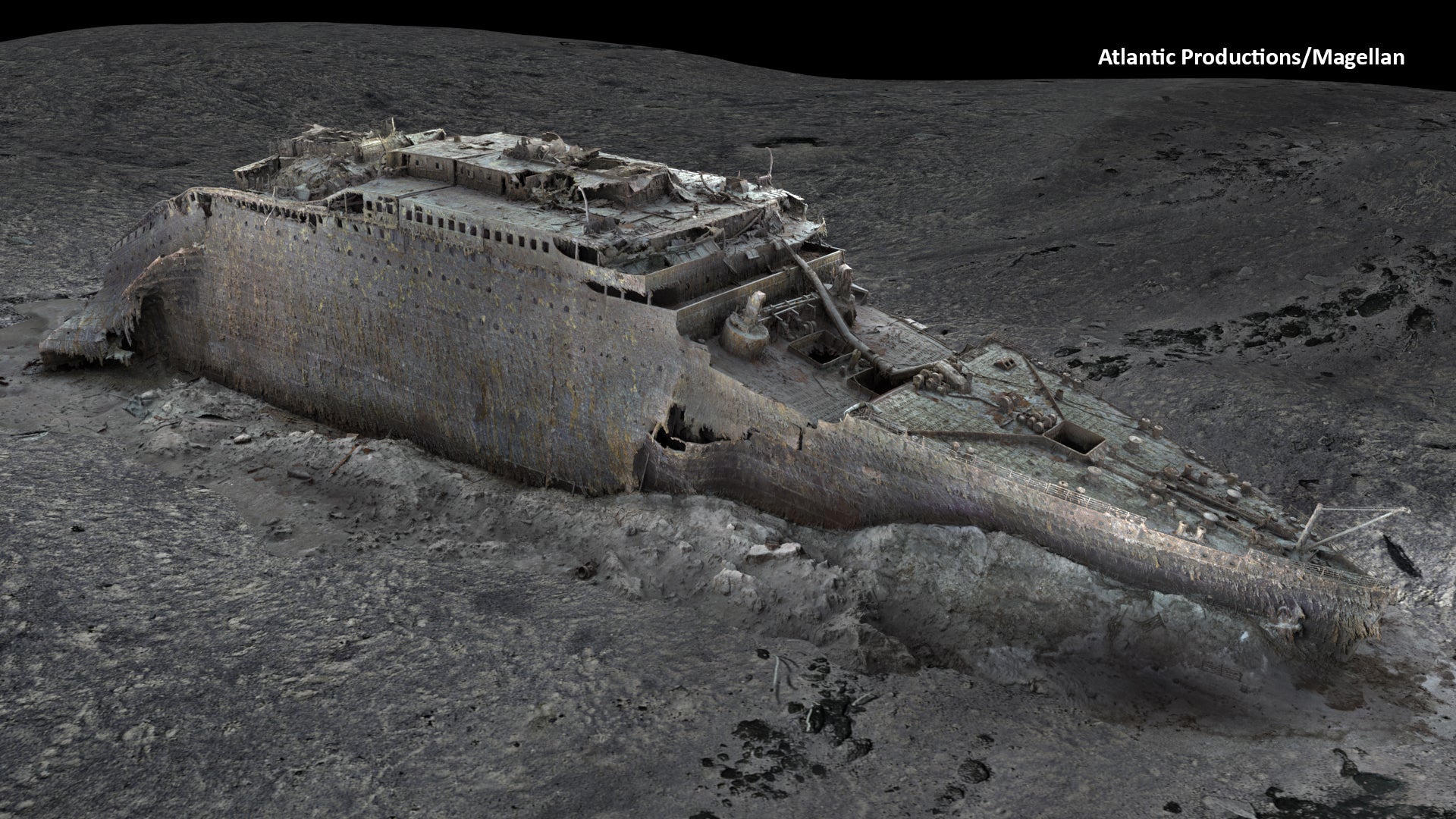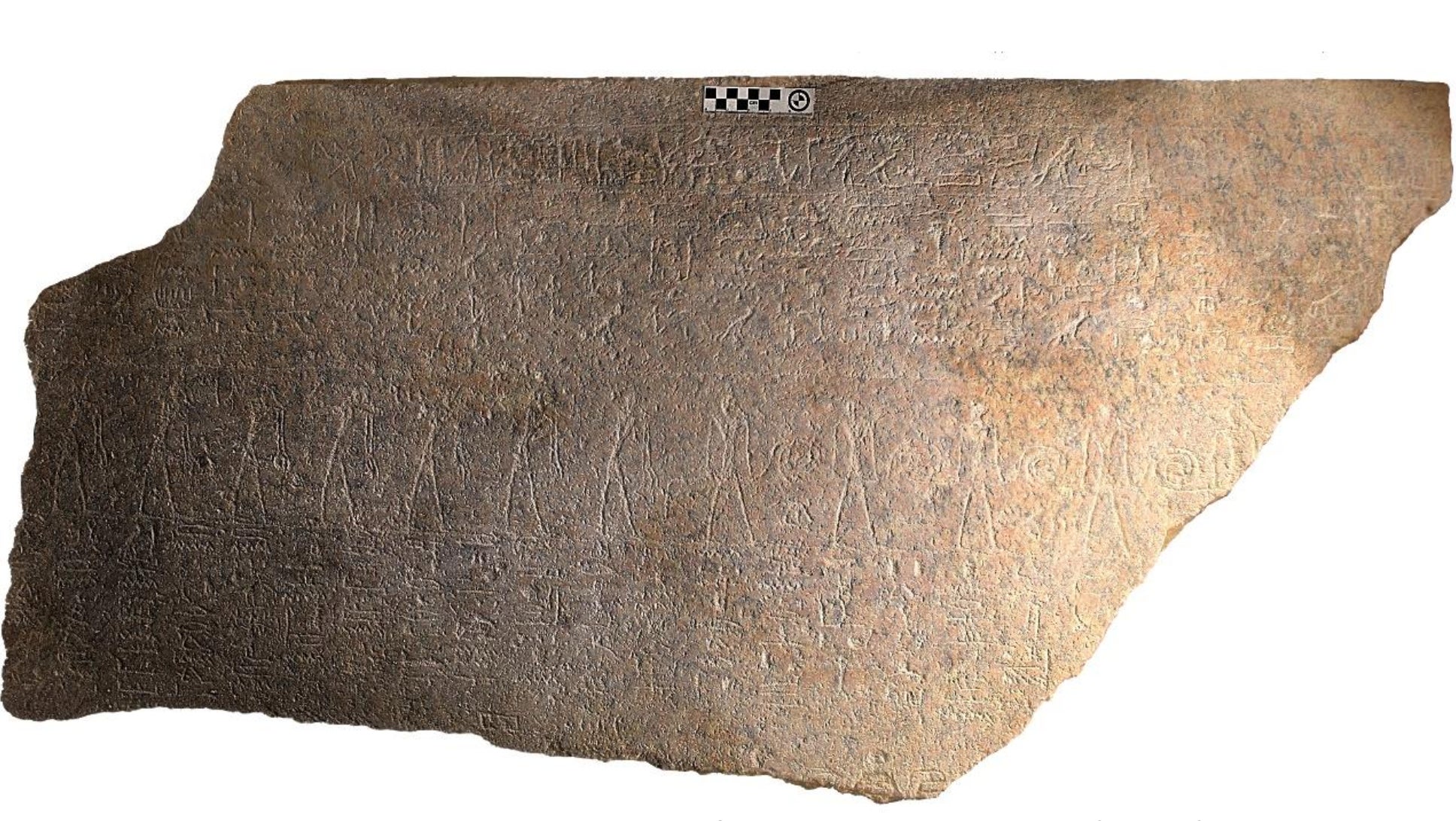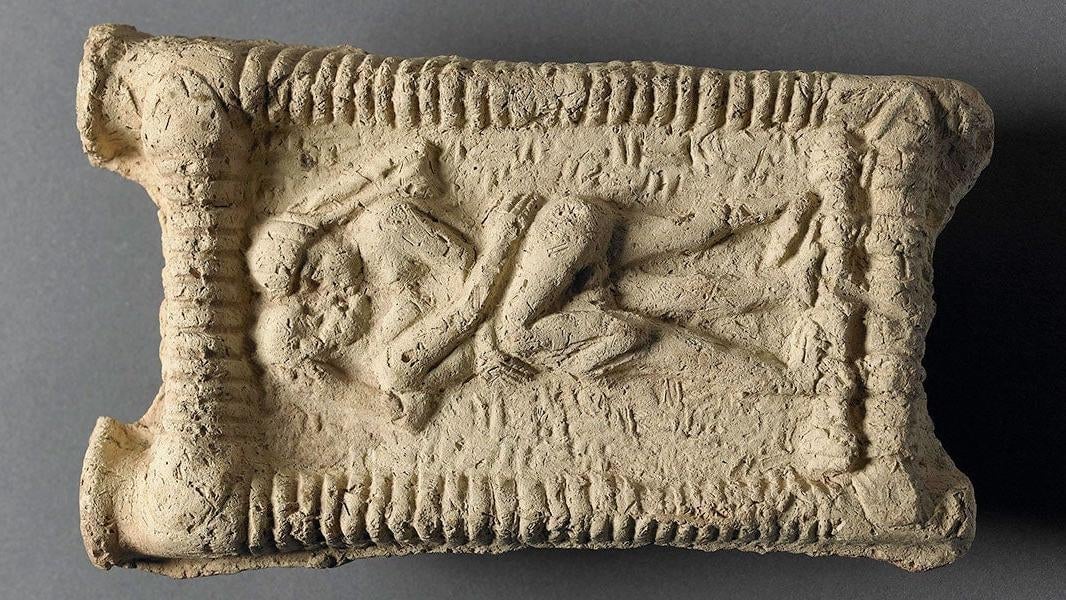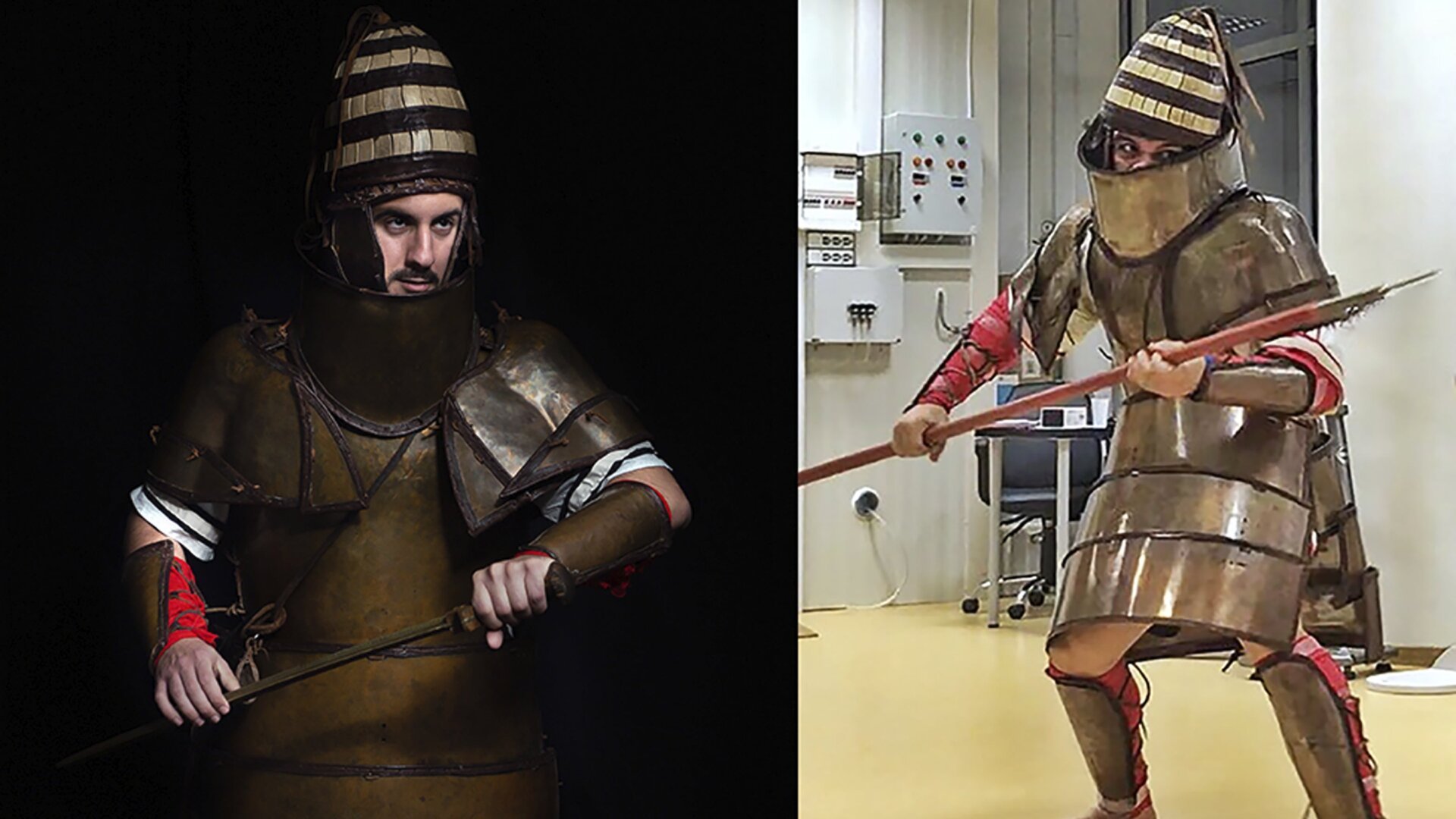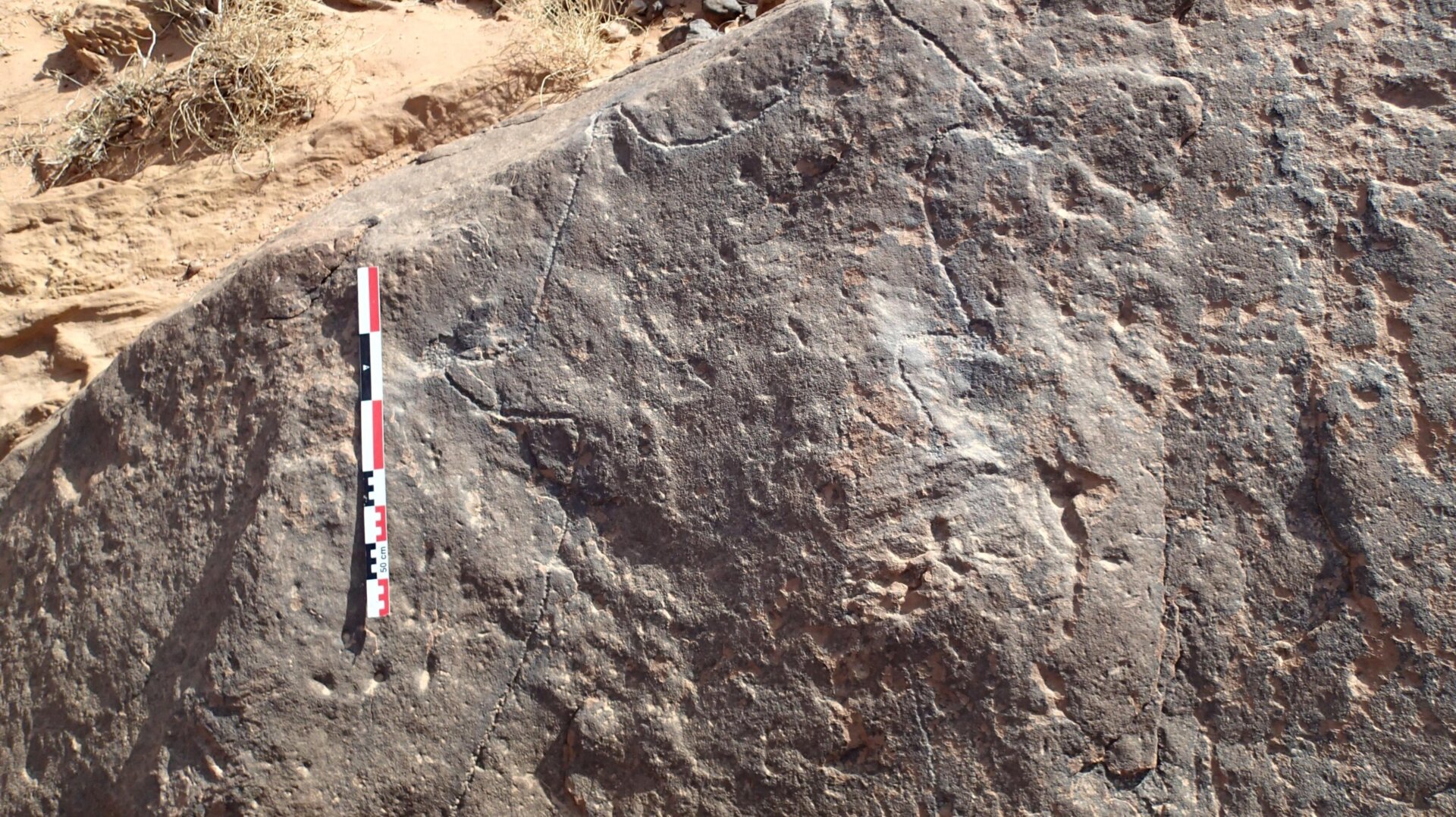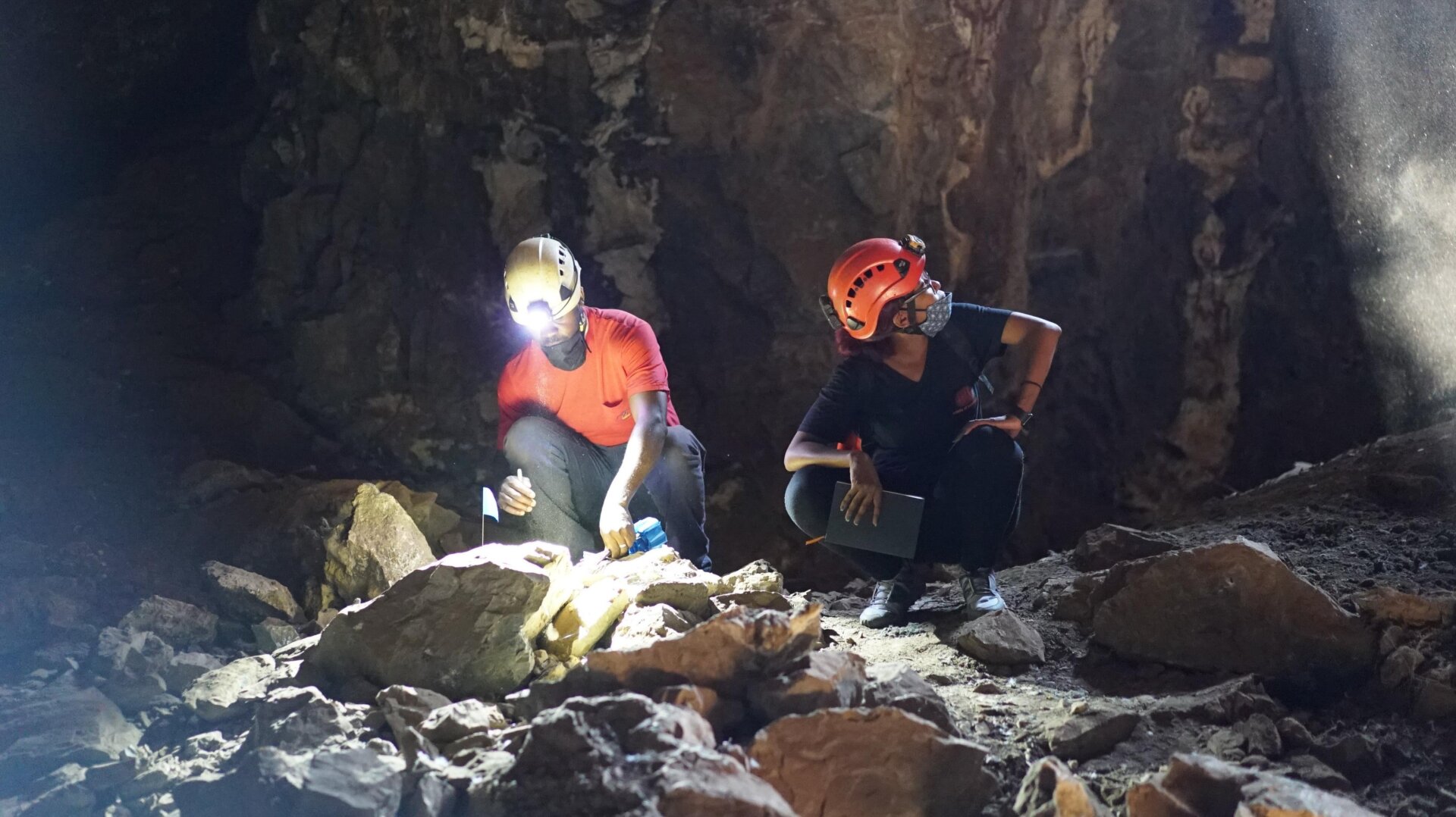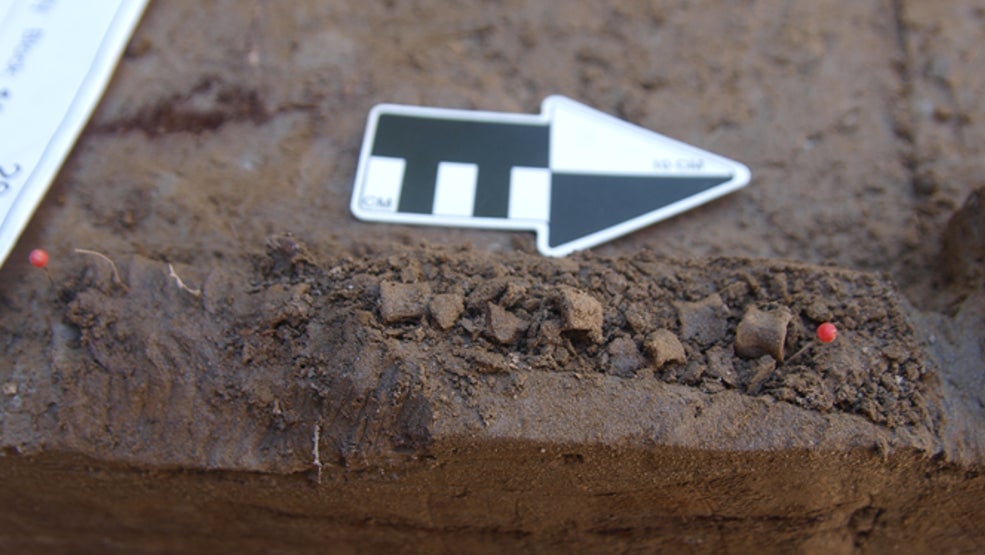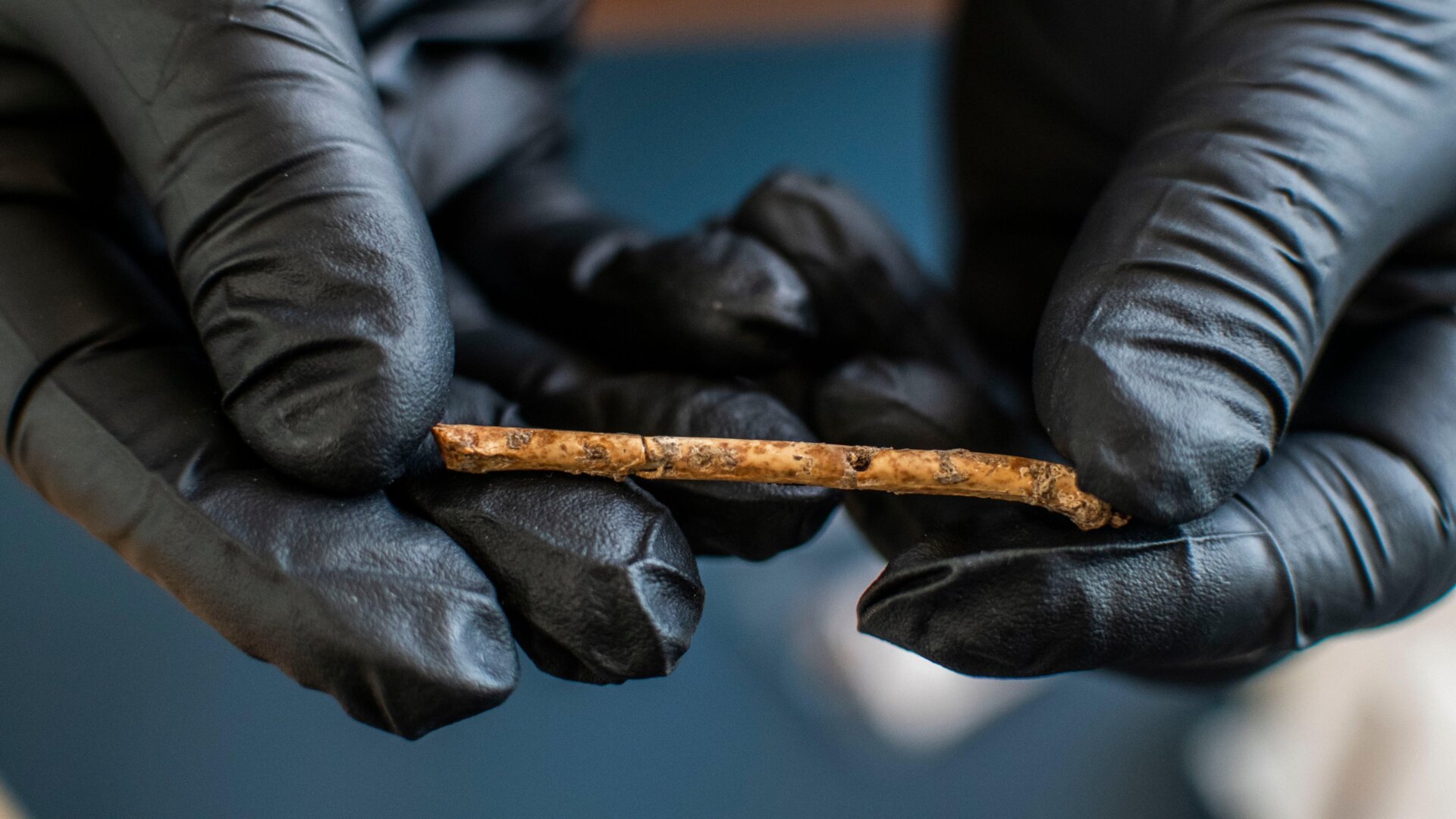The RMS Titanic, a name synonymous with tragedy, met its fate on its maiden voyage in April 1912, colliding with an iceberg and sinking to the bottom of the North Atlantic, claiming over 1,500 lives. Now, over a century later, cutting-edge technology has provided an unprecedented view of the wreck, offering new insights into this historic maritime disaster. A comprehensive digital 3D scan, created from hundreds of thousands of photos, reveals the Titanic in its entirety on the seafloor.
In the summer of 2022, deep-sea mapping specialists Magellan Limited, in collaboration with Atlantic Productions, embarked on an ambitious project to document the Titanic wreck. As reported by the BBC, the team employed two submersibles, aptly named Romeo and Juliet, to meticulously capture over 715,000 images of the expansive 3-mile-wide wreck site, located approximately 12,500 feet (3,800 meters) beneath the surface.
These images, painstakingly stitched together, formed the basis of a highly detailed, photorealistic 3D model of the Titanic. “What we’ve created is a highly accurate photorealistic 3D model of the wreck,” explained Gerhard Seiffert, Magellan’s 3D capture specialist. “Previously, footage has only allowed you to see one small area of the wreck at a time. This model will allow people to zoom out and to look at the entire thing for the first time.” This groundbreaking approach provides a complete perspective, unlike previous glimpses offered by limited video footage.
The data collection phase culminated in a staggering 16 terabytes of data and hours of 4k video. Following months of intensive processing and rendering, the final 3D model, along with videos and still images, has been unveiled. The model showcases not only the ship’s overall structure but also intricate details, from the boilers and unopened champagne bottles to the serial number on a propeller.
This wealth of visual information offers invaluable opportunities for historians and engineers to delve deeper into the circumstances surrounding the Titanic’s demise. “We’ve got actual data that engineers can take to examine the true mechanics behind the breakup and the sinking and thereby get even closer to the true story of the Titanic disaster,” noted Titanic expert Parks Stephenson. “For the next generation of Titanic exploration, research and analysis, this is the beginning of a new chapter.”
This digital reconstruction of the Titanic highlights the power of modern technology in unraveling the mysteries of historic shipwrecks. It follows other significant discoveries, such as the remarkably preserved wreck of the Endurance, Ernest Shackleton’s ship from his 1914 Antarctic expedition. Earlier this year, researchers also located the long-lost Ironton, a ship that sank in Lake Michigan in 1894, using sonar technology, finding it remarkably upright on the lakebed.
The 3D model of the Titanic offers a poignant and detailed glimpse into the past, providing a powerful new tool for understanding one of history’s most compelling maritime tragedies. This innovative approach promises to unlock new secrets and provide a more comprehensive understanding of the events that led to the Titanic’s tragic end.



